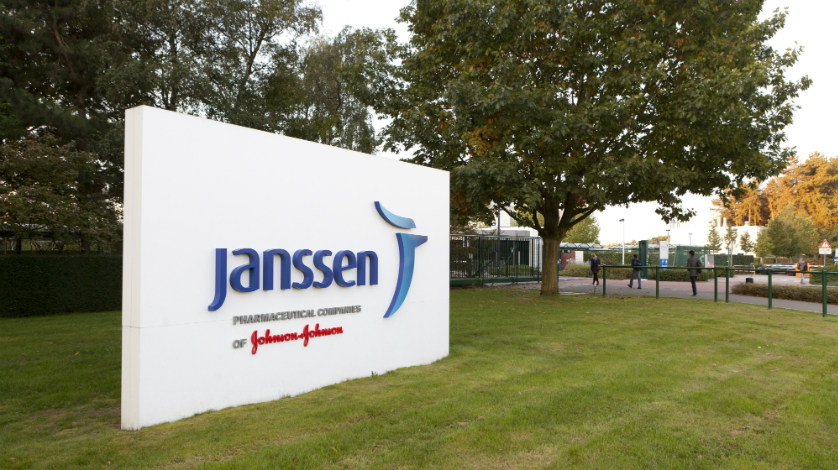J&J’s Darzalex Faspro is first US therapy for rare blood disorder

Johnson & Johnson’s Darzalex Faspro has become the first product approved by the FDA to treat light chain (AL) amyloidosis, a rare and often fatal blood cell disorder.
The new indication is the second for Darzalex Faspro, a subcutaneous version of blockbuster intravenous therapy Darzalex (daratumumab) which is used to treat multiple myeloma on its own and as part of multiple combination therapies.
J&J’s Janssen pharma unit got approval for Darzalex Faspro as a multiple myeloma treatment in the US last May and in Europe the following month, lending further momentum to a franchise that looks set to make more than $4 billion in sales in calendar 2020.
AL amyloidosis is a much smaller indication for the drug, but a crucial one medically as patients with the disease currently have limited treatment options and a poor prognosis.
It is caused by a defect in bone marrow cells called plasma cells, causing them to produce abnormal forms of light chain proteins, which enter the bloodstream and form amyloid deposits. Amyloid plaques can then form in multiple organs such as the heart, kidneys and liver, damaging them and in some cases leading to organ failure.
Until now people with AL amyloidosis have had to rely on chemotherapy, with its accompanying side effects, and other drugs to tackle organ failure once damage gets severe.
A stem cell transplant or organ transplant can be an option for some patients and other drugs – notably Takeda’s Ninlaro (ixazomib), which failed a phase 3 trial in 2019 – have struggled to show an impact on the disease.
Darzalex Faspro looks set to transform the prospects for the 30,000 to 45,000 people in the US and Europe AL amyloidosis patients. It has already been submitted for approval in the EU.
In the phase 3 ANDROMEGA trial, adding Darzalex Faspro to a standard chemotherapy regimen of bortezomib, cyclophosphamide and dexamethasone (VCd) and comparing it to VCd alone.
Patients treated with Darzalex Faspro saw a haematologic response rate that was nearly triple that of those treated with VCd alone, at 53% compared to 18%, respectively.
Moreover, J&J’s drug seemed to limit the organ damage, improving measures of heart and kidney function after six months’ treatment and prolonging the time to major organ deterioration.
Isabelle Lousada, founder and chief executive of the Amyloidosis Research Consortium (ARC), hailed the approval as a major step forward for AL amyloidosis patients, but noted that much more has to be done.
“Sadly, most patients with AL amyloidosis are diagnosed more than one year after their initial symptoms present, at a time when they may already be experiencing organ deterioration or failure,” she pointed out.
“I believe this approval will increase awareness of and education around this life-threatening disease and offer new hope for people with AL amyloidosis and their caregivers.”
It’s an added benefit that Darzalex Faspro can be delivered in three to five minutes, while the original IV formulation requires a four- to six-hour infusion, meaning it will be easier to administer.
J&J licensed the daratumumab antibody used in both Darzalex products from Danish biotech Genmab in 2012, while US company Halozyme supplied the subcutaneous delivery technology that underpins Darzalex Faspro.
The AL amyloidosis filing was reviewed under the FDA Real-Time Oncology Review (RTOR) programme, which allows data for certain applications to be reviewed before the applicant formally submits the complete application.
There are some other drugs coming through the development pipeline for AL amyloidosis, notably Alexion and Caelum Biosciences’ CAEL-101, a first-in-class amyloid fibril targeted therapy which started phase 3 testing last September.












